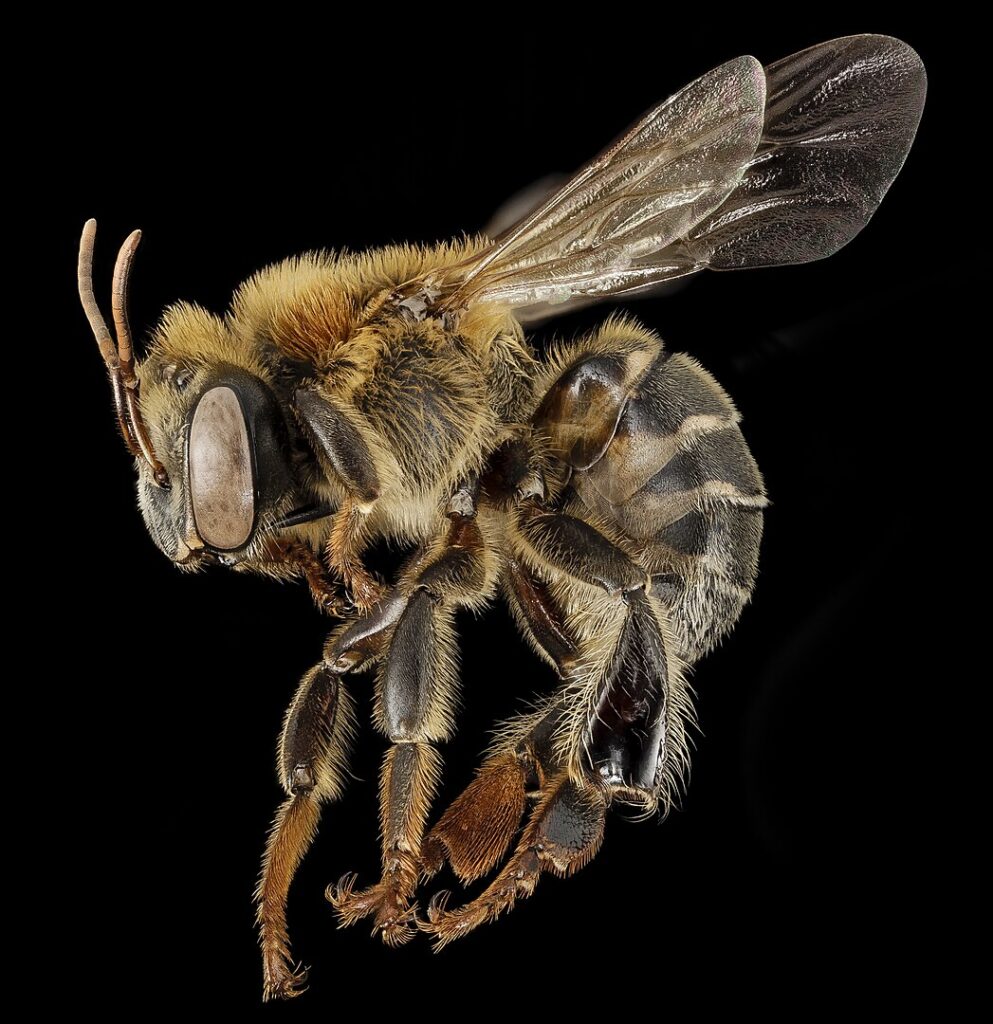
Melipona
Is a genus of stingless bees native to the tropical and subtropical regions of the Americas. With around 70 described species, these bees play a vital role in pollination, particularly in the richly diverse ecosystems of the Neotropics — from Mexico to northern Argentina.
Unlike the well-known Apis mellifera, Melipona bees lack functional stingers, relying instead on other strategies to defend their nests, such as biting or producing warning sounds. This characteristic makes them especially suitable for educational projects, community-based beekeeping, and urban environments.
Their nests are usually found in tree cavities, termite mounds, or even walls, and they construct them using a mix of wax, resin, and mud. The internal structure of their nests is unique — often consisting of horizontal brood combs and intricate storage pots for honey and pollen.
In Yucatán, Mexico, the tradition of keeping Melipona beecheii — locally known as Xunán Kab — dates back to pre-Columbian times. The Mayan people considered this bee sacred and associated it with spiritual practices and healing. Today, the legacy continues at places like Bee Planet in the Cuxtal Ecological Reserve, where conservation and education meet.
In Brazil, Meliponiculture (the practice of keeping stingless bees) is deeply rooted in rural and Indigenous communities. Several species, such as uruçu, mandaçaia, jandaíra, and manduri, are cherished not only for their ecological value but also for the prized honey they produce. This honey is different in both flavor and composition: it tends to be more acidic, contains higher moisture, and is often used in traditional remedies for sore throats, digestive issues, and eye infections.
However, despite their ecological and cultural significance, Melipona bees face growing threats from deforestation, pesticide use, habitat fragmentation, and competition from introduced bee species. Thankfully, interest in native bee conservation is growing, and initiatives aimed at preserving stingless bees — both in the wild and through sustainable beekeeping — are gaining momentum across Latin America.
These gentle bees remind us that biodiversity is not just about charismatic megafauna — it’s also about the small, silent workers that keep ecosystems thriving.
